PrimaLoft® Technology. You may have heard of it, but what really is it?
What is PrimaLoft® Technology?
PrimaLoft® is an advanced material technology company based in New York State. It’s a world leader in research and innovative development, specialising in high-performance textiles such as fabric and insulation.
PrimaLoft® technology in products
We commonly see their technology in outdoor products, especially insulative products such as jackets and sleeping bags. PrimaLoft® also caters to other markets such as lifestyle, home and bedding, workwear, hunting gear and military applications.
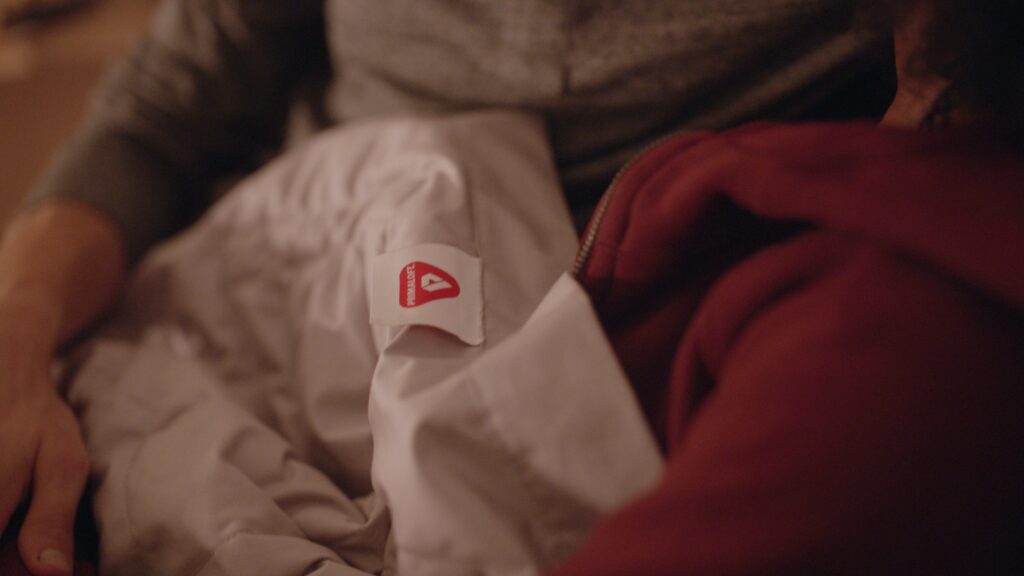
The History of PrimaLoft® Technology
PrimaLoft® Technology for military purposes
It all began with the U.S. Army. PrimaLoft® was first developed as a water-resistant, synthetic alternative to down insulation to provide reliable, effective warmth for military purposes in any weather conditions. In 1983, it was patented as the first synthetic microfibre designed for clothing.
The commercialisation of PrimaLoft Technology®
1990 saw the commercialisation of the label, with L.L.Bean and Polo Ralph Lauren being the first brands to use the technology in their garments.
That same year, PrimaLoft® was also used in layering systems of mountaineers taking part in the Mount Everest Peace Climb. The Peace Climb took place during the Cold War, aiming to change the conversation from one of war to one of peace by assembling a group that featured participants from enemy countries. The group reached the summit successfully over four days, hitting the Guinness World Record Book and being termed ‘the most successful climb in Everest’s history’.
Three years later, PrimaLoft® reached the home furnishing market with their first bedding products made by Lands End.
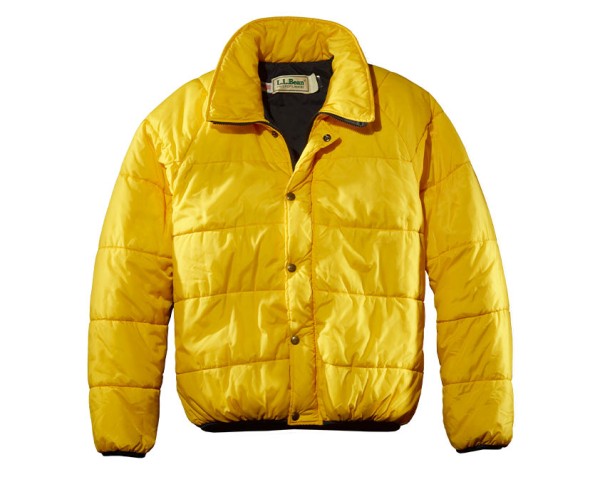
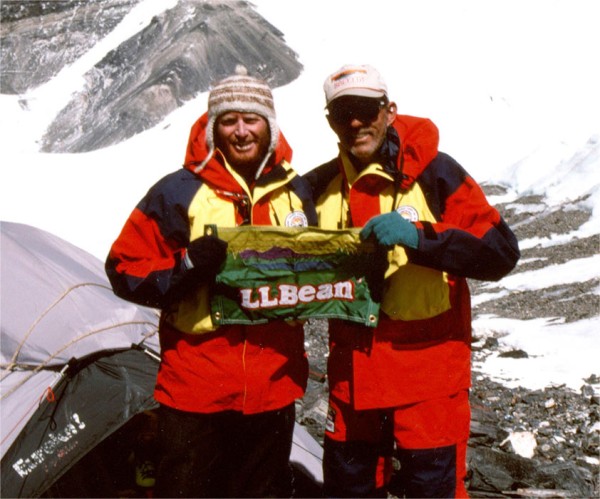
PrimaLoft® begins using recycled materials
The brand continued to sit at the forefront of innovation when, in 1997, it began using post-consumer recycled materials, a practice still used today and one which is becoming increasingly important in our current climate.
The early noughties saw PrimaLoft® expand its capabilities by developing and introducing new yarns, performance fabrics and state-of-the-art down blends.
The brand explores new depths
The label became its own company in 2012, allowing it to grow even further with expertise and innovation in the coming years.
In 2017, the company debuted their ThermoPlume® technology, the first blowable, synthetic, loose-fill insulation, and Aerogel technology, initially developed by NASA for aerospace applications.
The birth of PrimaLoft® BIO, Crosscore and P.U.R.E
The following year, PrimaLoft® BIO, the first biodegradable, 100% recycled synthetic textile to enter the market, was introduced. Crosscore technology was also developed, fusing existing technologies with new ones around the same time. Breakthrough manufacturing technology, designed to help reduce carbon emissions, came into play in 2019. The brand named this technology P.U.R.E, which stands for ‘Produced Using Reduced Emissions’.
The label introduced its proprietary technology in 2020. This technology is the highest-performing, 100% post-consumer-recycled insulation. Still today, PrimaLoft® works to create and develop innovative technologies and textiles built to last, focusing on efficient performance, longevity, and sustainability.

How does PrimaLoft® use recycled material?
Using post-consumer recycled content has been in practice with the company since 2007. As of 2020, the label has saved over an astonishing 692 million plastic bottles from entering landfills and oceans. Their process diverts plastic bottles from landfills, cleaning them up and shredding them into chips. These chips can be used in fibres to create both insulation and fabrics.
The Science Behind The Success
According to PrimaLoft®, it’s all about the fibre size! But what does this even mean?
Since the initial development of just one type of synthetic insulation, the brand today offers over 40 different product types. These products feature an ultra-fine fibre structure, which is an astonishing seven times smaller than a human hair. This tiny size gives the insulation distinctive characteristics that make it unique to other fibres on the market.
How does PrimaLoft® Technology keep you warm?
Thinner fibres are proven to trap greater quantities of air. Therefore, these unique PrimaLoft® fibres create millions of air pockets that trap heat from your body. This is the reason PrimaLoft® provides such superior performance. The fibres are also hydrophobic, meaning they don’t absorb water, as they’re equipped with effective PFC/fluorocarbon-free water resistance.
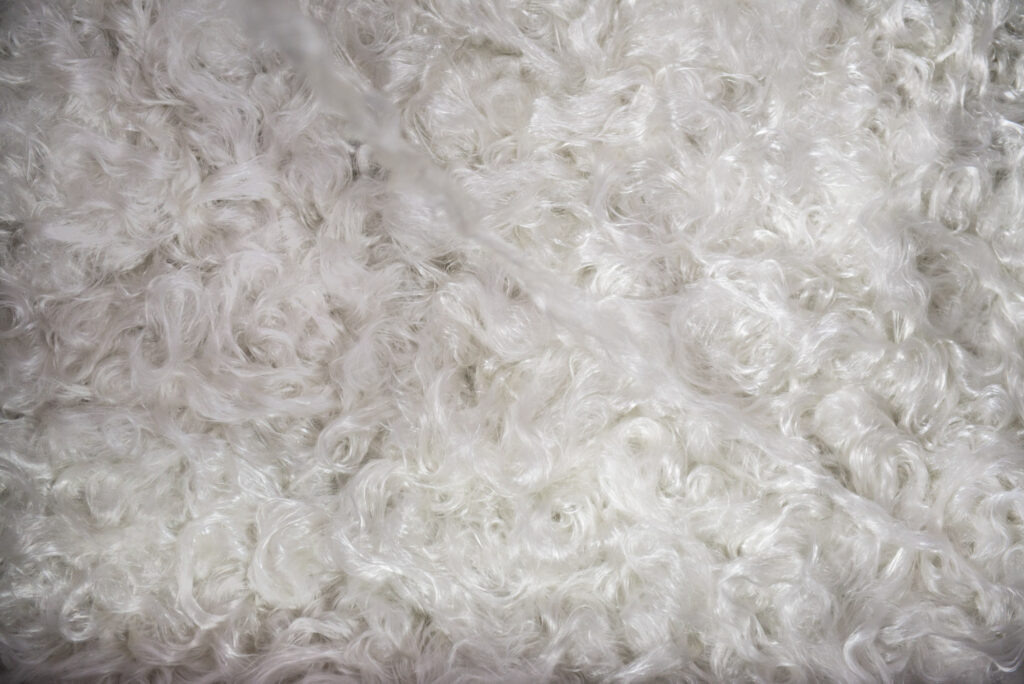
Benefits of PrimaLoft® Technology
When exposed to moisture, PrimaLoft® products retain up to 95% of warmth, meaning you can stay warm even in wet conditions. It also makes these products quicker and easier to dry after washing. This can be a considerable benefit of synthetic insulation compared to down. PrimaLoft® makes a great vegan alternative if you seek insulation that performs just as effectively, minus the animal derivatives. These ultra-thin fibres also allow for fantastic breathability, compressibility and a high thermal value, and their low weight offers the best weight-to-warmth ratios.
Though small, rest assured these fibres are as mighty as ever. All PrimaLoft® insulations are designed to be incredibly stable and withstand harsh conditions when worn and washed. Their robustness helps to increase longevity, ensuring that your products will last for years. The company also designs many of its products to prevent fibre-shedding, minimising the loss of insulation over time to reduce environmental impact further.
Down vs Synthetic Insulation
Both down and synthetic insulation have pros and cons. The trick is knowing what you will use your insulated product for and which conditions you’ll most likely use it in.
Synthetic Insulation (Including PrimaLoft® Technology)
Synthetic insulation, such as PrimaLoft®, could be a winner if you often find yourself adventuring in wet weather (a common occurrence in the UK). There’s quite an array of synthetic insulation types, such as sheet or blown insulation. Why not watch our YouTube video for a more in-depth look at these types of insulation and which may be best for you to use? Simply click here.
Pros
Synthetic insulation stays warm when wet, meaning you won’t be left feeling cold and miserable if caught out without a waterproof. If you’re into stats and figures, it usually operates at 80-95% of its dry performance when damp. Synthetic fill is generally tougher, too, so you can be less fragile about using it. This makes it more suitable for rugged or rocky terrain where it may endure a few scrapes.
Due to the nature and composition of the filling, you’ll also lose less insulation over time, keeping you warmer for longer. Synthetically insulated products are (usually) cheaper than down, making them an excellent alternative for those on a lower budget. However, of course, synthetic filling does have a few cons.
Cons
Firstly, it’s generally heavier than down, meaning, for more warmth, you’ll add some extra grams to your load. This potential need for more filling also means the pack size will be a little bulkier, taking up extra space in your backpack or kit bag.
Sheet synthetic insulation can flatten over time, more so than a well-cared-for down piece. Therefore, it may also have a shorter life span. However, some newer technologies are emerging to combat this problem. So, hopefully, we will reach a point where lifespan with synthetic products is no longer an issue.
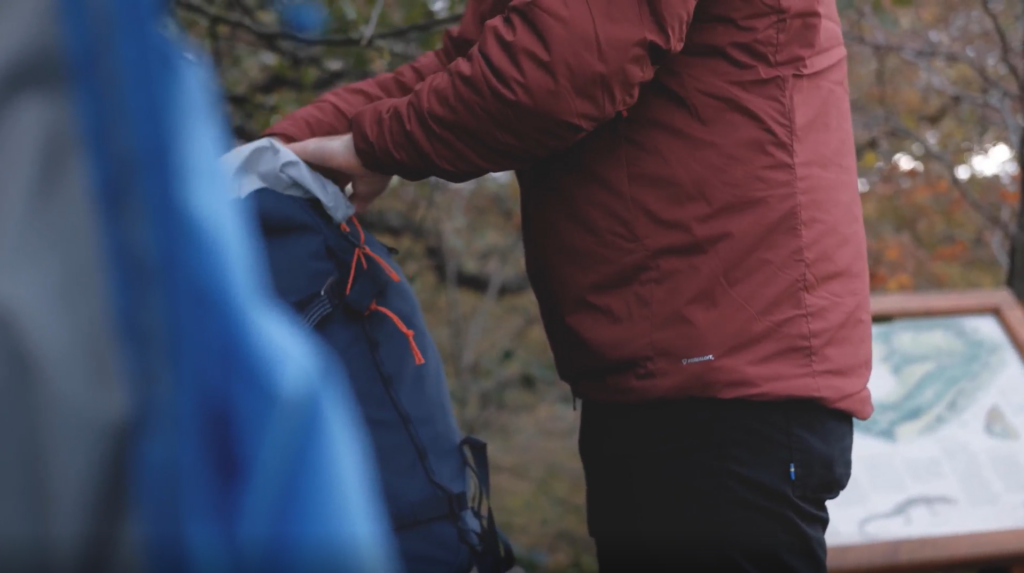
Down
Pros
The little, light, feathery clusters of down insulation have a superior warmth-to-weight ratio. Though synthetic is good, down is generally better for keeping you warmer with lesser weight. It’s also highly compressible, as the plumage from the birds (usually ducks or geese) is super airy. Compressibility is a massive benefit for those carrying a lot of gear on a trip or those with smaller backpacks.
Admittedly, it degrades a little over the years, but it can still last you a lifetime! As long as you take care of your down-based product, you could even pass it down through generations.
There are, of course, a few cons to this natural type of filling, too.
Cons
If you’re using your product in wet conditions, down often uses its loft and, therefore, loses its insulating properties, leaving you cold and damp. Drying down also takes time. If you’re not careful, drying your down-product incorrectly may damage it.
Speaking of which, washing down products (jackets and sleeping bags) is also crucial for performance. Properly washing and drying down products (as with most technical outdoor gear) is a little more than cleaning them with your usual detergent and leaving them out to dry. Check out our YouTube guide on how to care for your down products by clicking here, or watch the video below.
What are the different types of PrimaLoft® Technology?
A wide range of PrimaLoft® products cater to more specific individual needs, depending on their use and in what environments. Below, we’ll just give you a brief overview of some of these products. To delve even deeper, check out the PrimaLoft® website here.
PrimaLoft® Classics
PrimaLoft® Classics include PrimaLoft® Gold, Silver and Black. These three insulations are some of the label’s most popular products, prioritising warmth, comfort, and function. Classics have been around for over 20 years and are seen as reliable and trustworthy by the market.
PrimaLoft® Active
Active insulation provides breathability, stretch and moisture management, which means it’ll still feel comfortable when you’re working harder. It’s primarily designed for the more active user, yet can be used for adventures and activities of various paces and intensities or in multiple seasons.
PrimaLoft® ThermoPlume®
This vegan-friendly alternative mimics bird-based insulation, providing warmth, loft, softness, and compressibility with less weight than regular synthetic insulation. It’s also made from 100% recycled material and features FC-free DWR (durable water repellent).
PrimaLoft® BIO™
BIO™ fibres are quite literally designed to return to nature! Once they enter the environment, they break down rapidly, whether in landfills, oceans, or wastewater.
PrimaLoft® has developed them to be a little more appetising to naturally occurring microbes in these specific environments. These microbes will then biodegrade the fibres, leaving behind components like water, CO2, methane, biomass and humus (a common, natural component of potting soil). Clever, huh?
Check out a small selection of our favourite Primaloft® products below.
Women’s
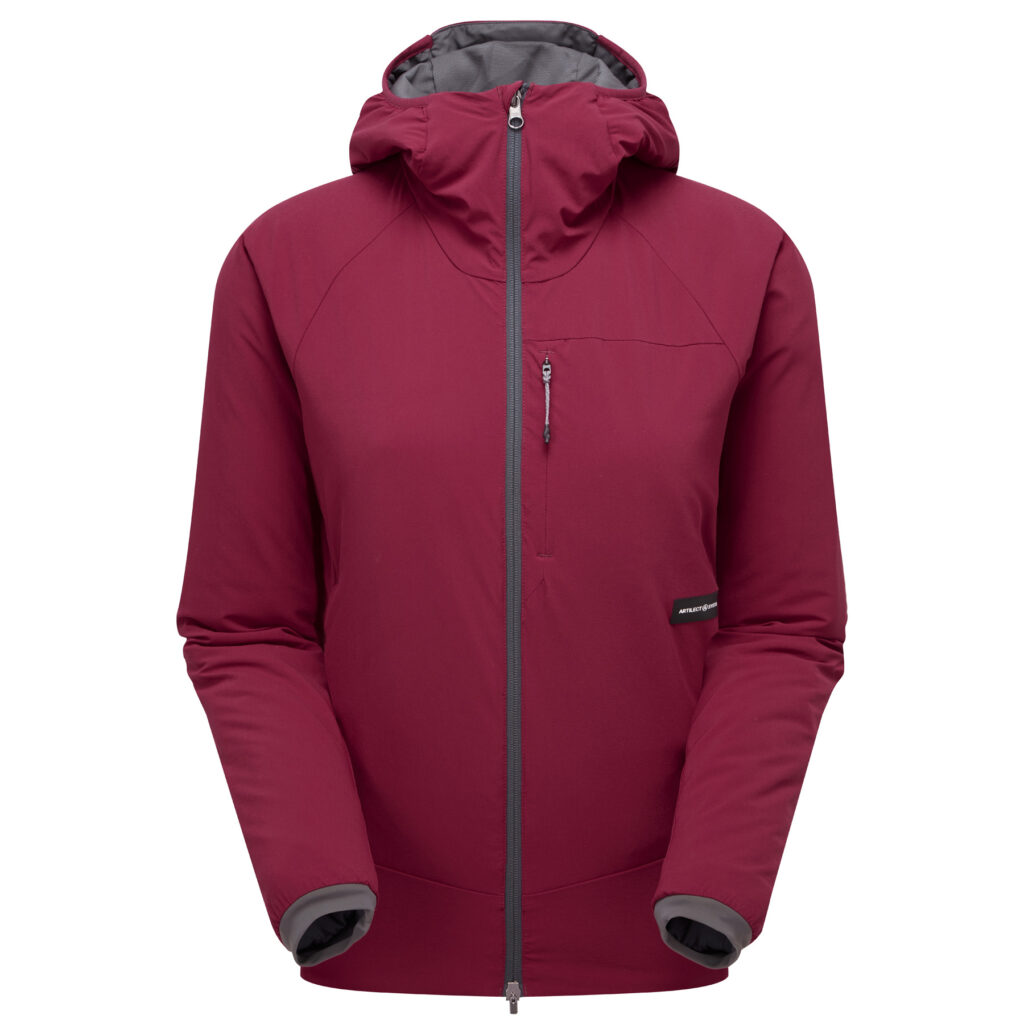
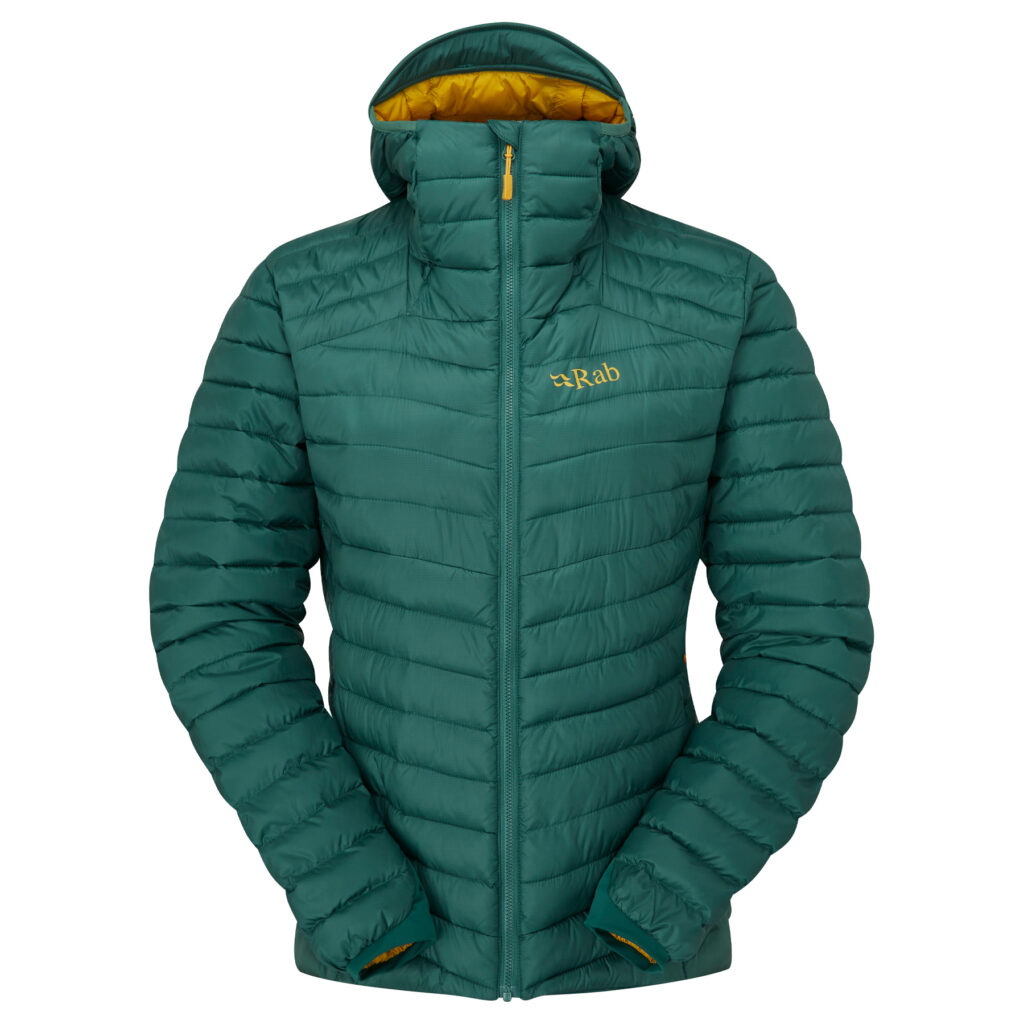
Men’s
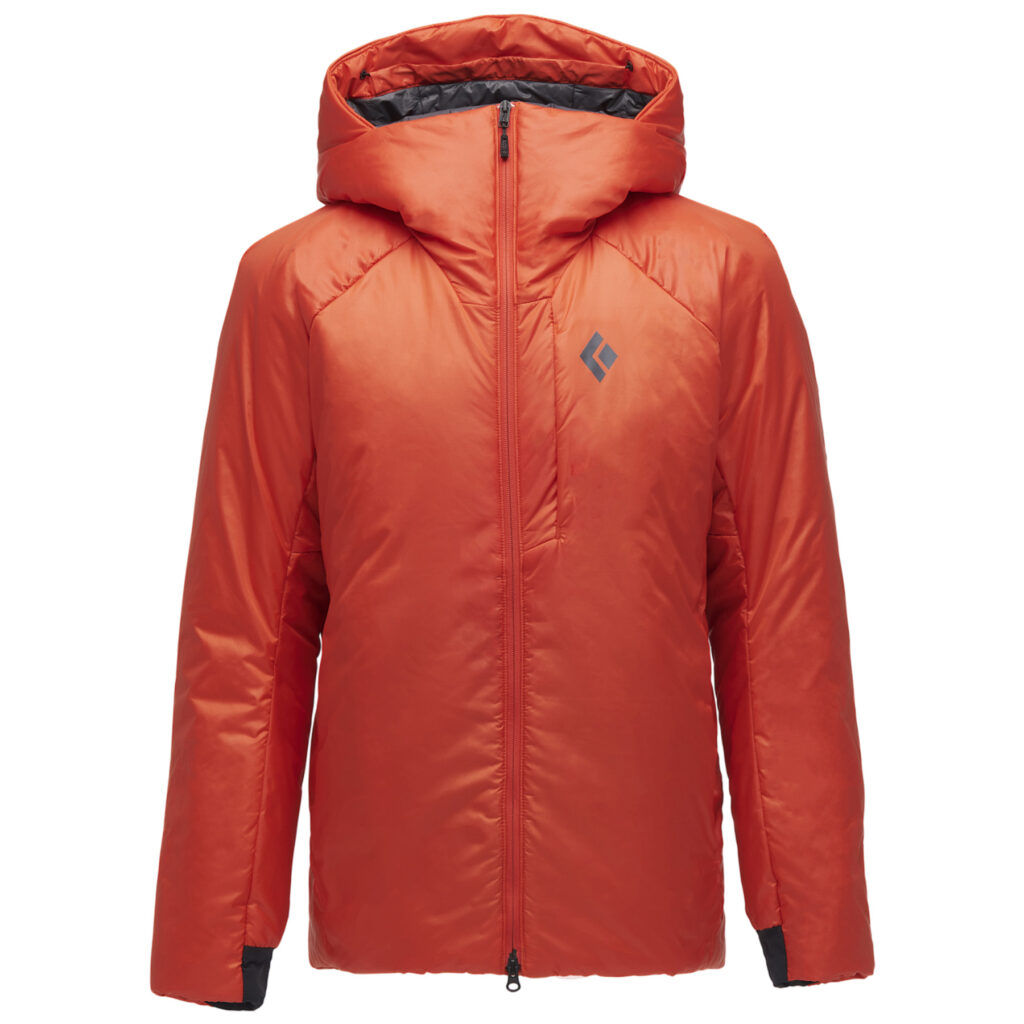
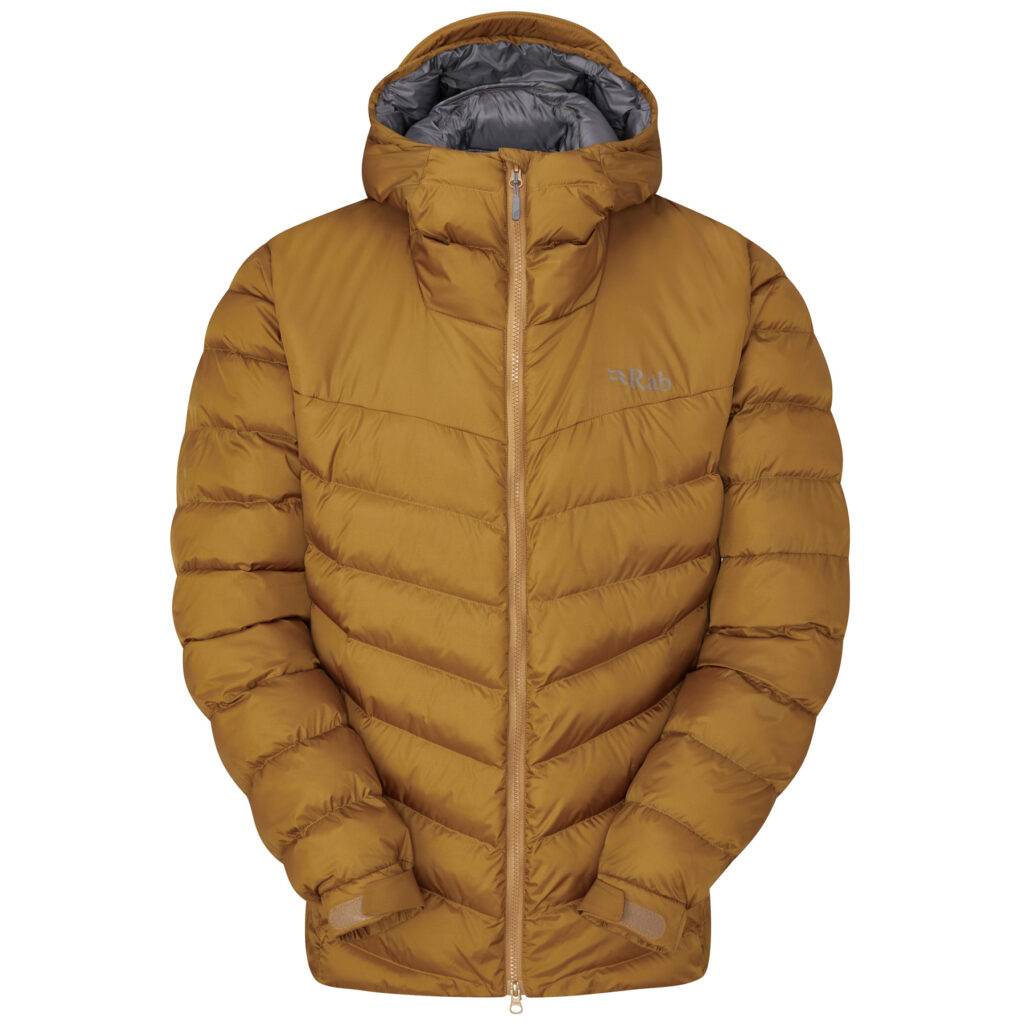
Accessories
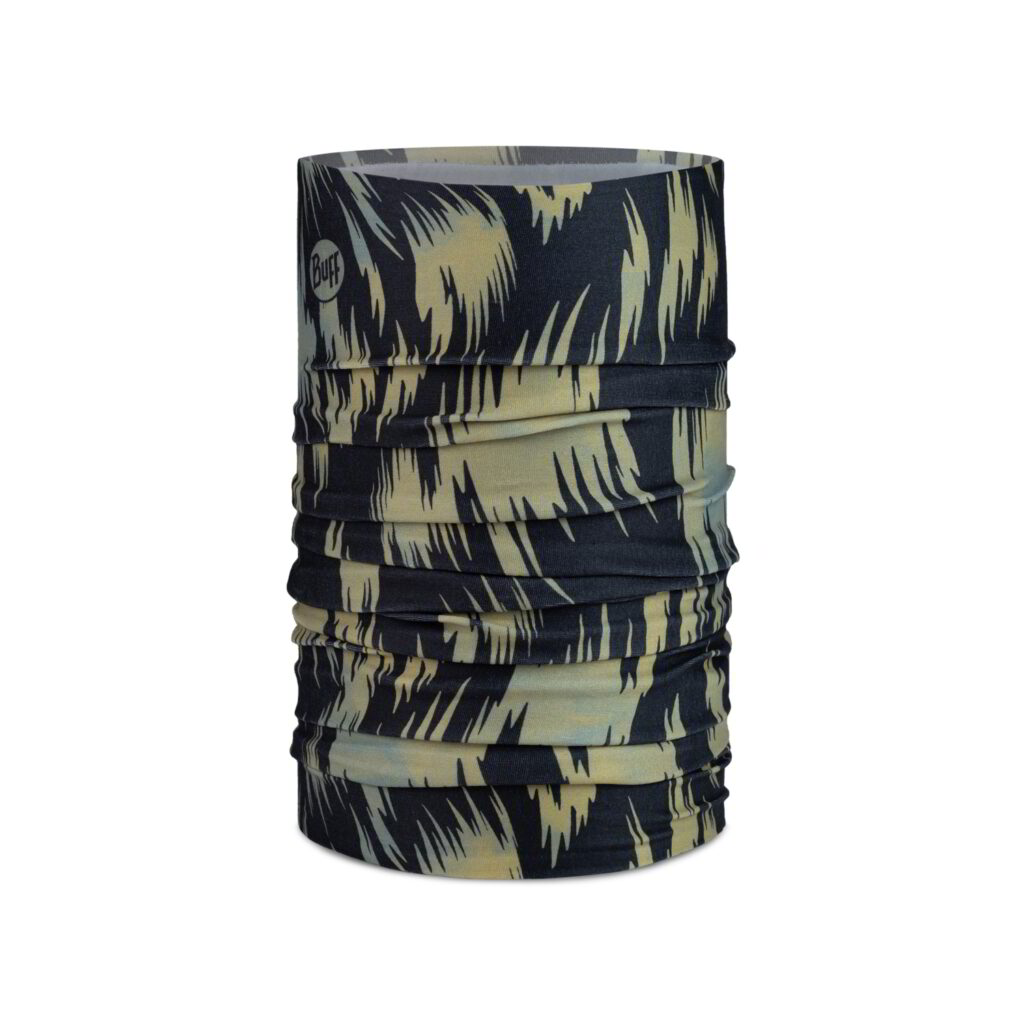
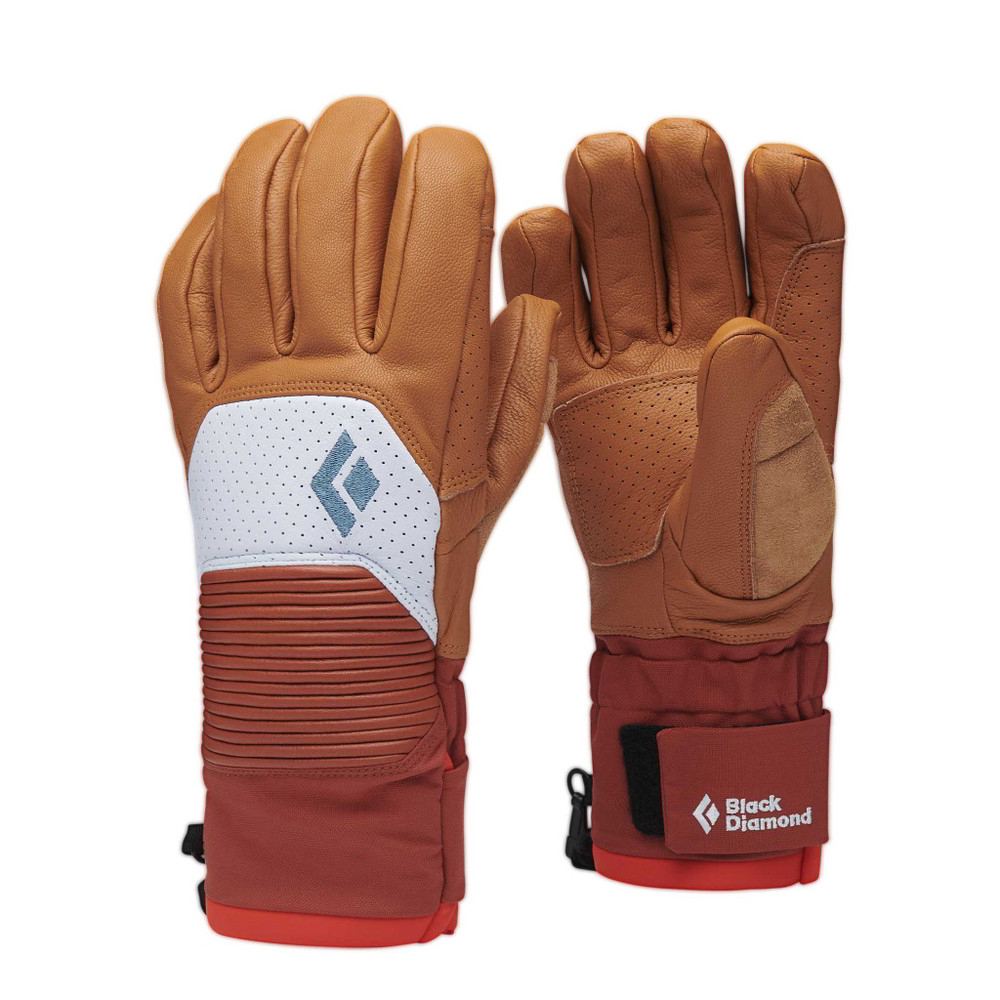
If you enjoyed this blog, why not read our latest guide on how to wash and care for your waterproofs?
As usual, if you have any questions, don’t hesitate to get in touch! Reach out to us on our social media channels, whether Facebook or Instagram, via email at [email protected], or call our friendly customer service team on 01432 263 335. If you’re local to Hereford, why not visit us in-store? You can speak to one of our lovely staff members in person, and get some hands-on assistance with finding the right product.

Leave a Reply